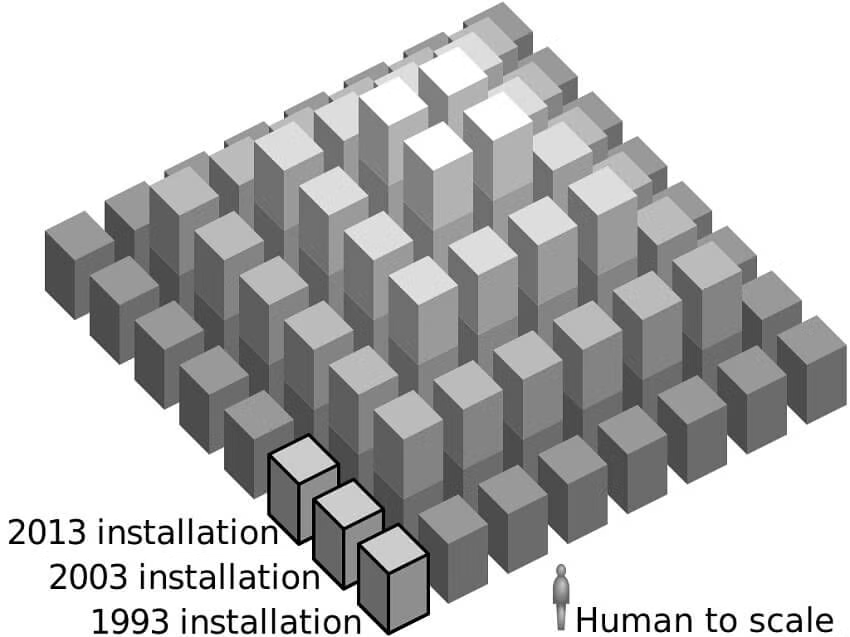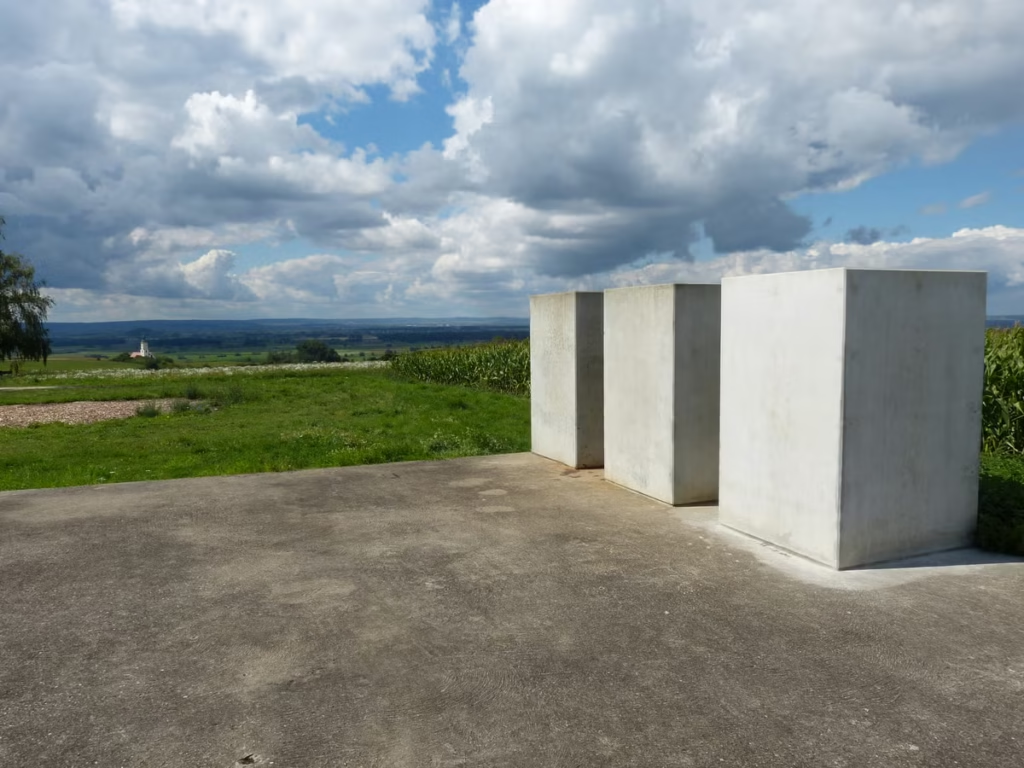- The Time Pyramid in Wemding, Germany, is a 1,000-year art project that adds a new concrete block every decade.
- Designed by artist Manfred Laber, the pyramid celebrates Wemding’s 1,200th anniversary and symbolizes long-term planning.
- The project raises questions about future commitment, material durability, and the passage of time.
- Future builders can adapt the design, using new materials or techniques to ensure the pyramid’s survival.
- The next block will be added in 2023, continuing a project that bridges the past, present, and future.
In the small Bavarian town of Wemding, Germany, an ambitious art project is underway—one that won’t be completed for another millennium. The “Time Pyramid,” a locally crowdfunded structure, is being built brick by brick over the next 1,000 years.
Conceived by artist Manfred Laber to celebrate Wemding’s 1,200th anniversary, the pyramid is a fascinating symbol of long-term planning, human ambition, and the passage of time. But it also raises intriguing questions: Will future generations continue the project? How will the materials withstand the test of time? Let’s explore this unique endeavor.
A Monument to Time and Patience
The Time Pyramid project began in 1993, coinciding with Wemding’s 1,200th birthday. Laber’s vision was to create a structure that would grow alongside the town, with a new concrete block added every 10 years. Over the course of 1,200 years, the pyramid will gradually take shape, eventually reaching its final form in the 3100s.
The pyramid is designed with four tiers, each consisting of even-numbered squares: an 8×8 base, followed by 6×6, 4×4, and finally a 2×2 apex. After the first 640 years, builders will need to stack additional blocks on top of existing ones to complete the structure. Each block is a massive rectangular prism, measuring approximately 4×4 feet at the base and standing 6 feet tall, weighing over 6 tons.

The Challenge of Building for the Future
One of the most intriguing aspects of the Time Pyramid is its reliance on future generations to continue the project. Every decade, a new block must be added, requiring ongoing commitment from the community. This raises questions about the feasibility of such long-term planning. Will Wemding’s descendants honor the vision of their ancestors, or will the project be abandoned as priorities shift over the centuries?
Another challenge is the durability of the materials. The blocks are made of basic, untreated concrete, which is absorbent and susceptible to weathering over time. While some ancient structures, like Roman cement buildings, have survived for thousands of years due to innovative engineering and materials, modern concrete may not fare as well.
Malone Post, a German publication, notes that even existing sealants aren’t designed to last a millennium. However, future builders could choose to treat or replace the blocks with more durable materials as technology advances.
A Glimpse into the Past and Future
Wemding itself is a town steeped in history, with roots dating back 1,200 years. While few structures from its early days remain, the town square features Baroque buildings and a palace from the 17th and 18th centuries, as well as half-timbered houses that may date back to the 15th century. The Time Pyramid, in contrast, is a forward-looking project, designed to connect the present with the distant future.
When completed, the pyramid will stand as a testament to human ingenuity and perseverance. But what will the world look like in the 3100s? Will Wemding still exist? Will the pyramid be a revered monument or a forgotten relic? These questions add an element of mystery to the project, making it not just a physical structure but also a philosophical exploration of time and legacy.
Flexibility for Future Generations
One of the project’s strengths is its flexibility. While the current blocks are made of concrete, future builders are not bound to this material. Malone Post explains that the pyramid only requires blocks of the same dimensions, leaving room for innovation.
Over the centuries, new materials—whether more durable, aesthetically pleasing, or cost-effective—could be used to complete the structure. This adaptability ensures that the Time Pyramid remains a living project, evolving alongside human progress.
The Next Step
The next block is scheduled to be added in 2023, continuing the slow but steady progression of the Time Pyramid. Decisions about sealants or material upgrades can be made as needed, ensuring the structure’s longevity.
For now, the project stands as a bold and imaginative experiment, challenging us to think beyond our own lifetimes and consider the legacy we leave for future generations.


